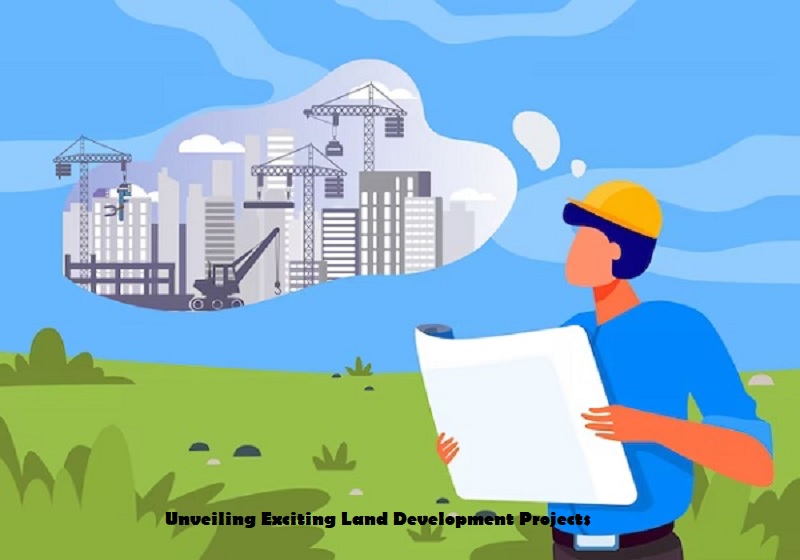Land development projects are an integral part of regional development, infrastructure and economic growth. This project is now a fairly attractive strategy in the property business. In fact, for investors, land development is a surefire way to diversify a real estate investment portfolio. Let’s discuss in more detail.

Understanding the Concept of Land Development Projects
Basically, land development is a series of processes that involve changing or improving an area for various purposes. The concept can be broken down into several types depending on the purpose of its use.
For example, changing vacant land into a residential area. This is often done to address population growth and the increasing need for housing. There is also development for commercial needs. Including the construction of shopping centers, offices, hotels and other commercial facilities.
The goal is to support economic activities while providing space for business. In addition, development is also beneficial for industry. Such as building factories, warehouses or public infrastructure such as roads and bridges.
As previously stated, this development project plays an important role in economic growth as well as infrastructure development of a region. However, land development projects also require mature strategies and processes as follows.
1. Planning and Design
The initial stage certainly involves planning land use according to the needs and potential of the region. In this case, we need to create a design that includes spatial arrangements, access roads, public facilities and other elements.
2. Completing Permits
Before actually starting, land development must obtain permits from the authorities. This includes environmental permits, building permits and other regulations according to local regulations. Usually, development without a permit will trigger problems later on.
3. Land Preparation
The next step is to prepare the land. This is the stage where the land that the investor will develop is cleared. Be it land filling, land preparation to demolishing old buildings if necessary.
4. Starting Construction
The physical construction process of the project begins at this stage. Usually includes the construction of basic infrastructure such as roads, water and electricity channels. Then develop the main building according to the initial development objectives.
5. Maintenance and Management
It doesn’t stop there, considering that developers still need to carry out project maintenance after construction is complete. Maintenance and management of the area are very important to maintain the sustainability and quality of the environment. This includes waste management, road maintenance and maintenance of green open spaces.
Benefits of Land Development
Land development projects can provide various profitable benefits. Good for developers, investors, communities and governments that regulate economic policies. Some of the benefits include:
- Development projects will open up many jobs. Both in the construction phase and in managing facilities after completion.
- Development boosts infrastructure improvements, such as roads, clean water and electricity networks. This ultimately provides long-term benefits for the community.
- This project also increases the value of surrounding properties while encouraging economic activity in the area.
- Finally, good land development can optimize the use of empty or abandoned areas. Making it more productive and useful.
Challenges in Land Development
In addition to potential profits, developers must also understand the challenges that may arise. This is because development projects certainly cannot be separated from various obstacles. One of the biggest challenges is the environmental impact.
Industrial development projects can cause ecosystem damage, pollution and changes in water flow. Therefore, developers must conduct environmental impact studies and implement appropriate mitigation measures.
In addition, land development requires a very large investment. So proper fund management and ensuring smooth project funding are very important for the continuity of development. This is also important to minimize the risk of stalled projects.
Although there may be challenges, a well-planned land development project can provide significant benefits. Especially for the community and the economy as a whole. Therefore, careful planning, community involvement and regulatory compliance must be considered for the success of the project.
